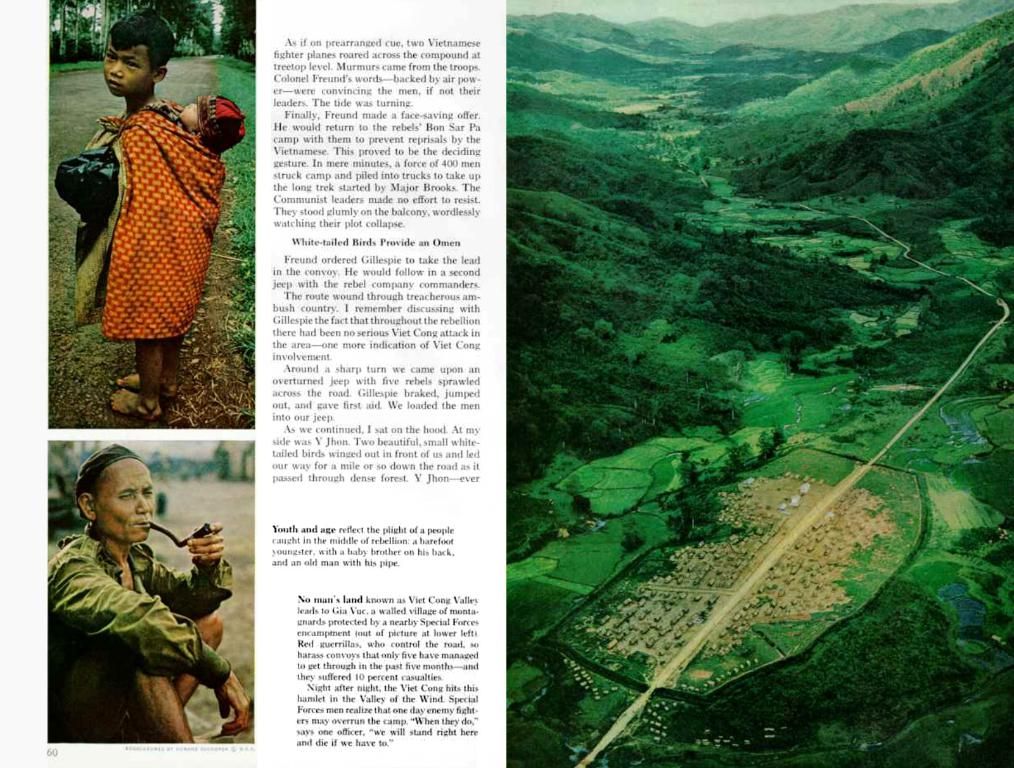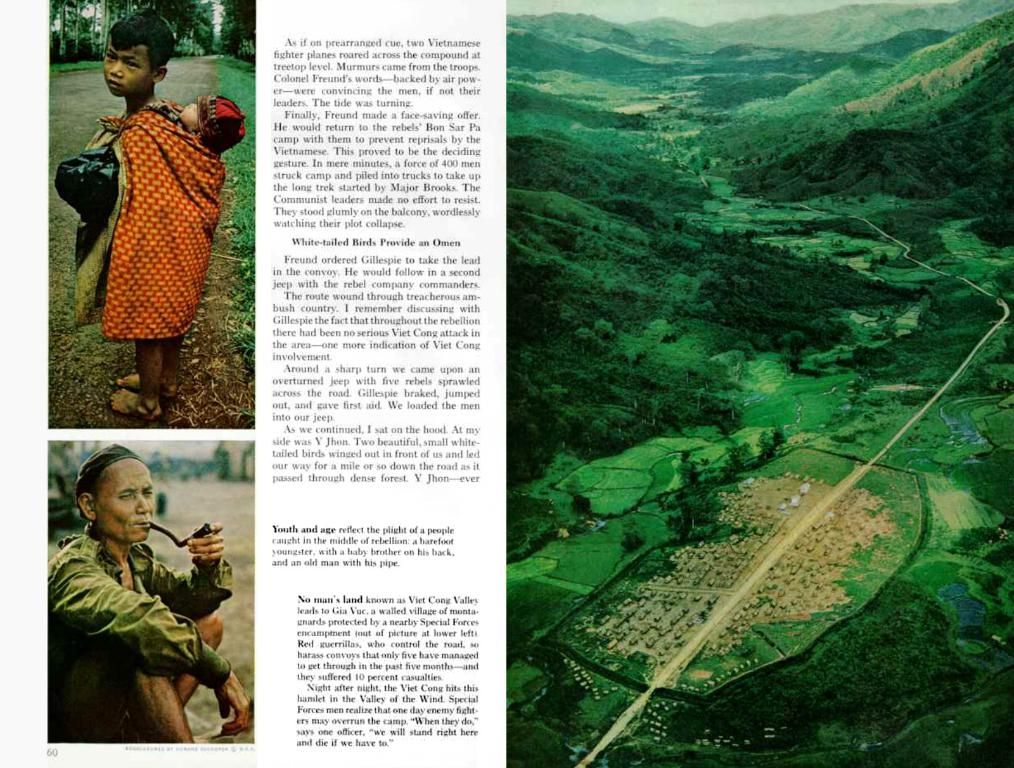Employing Neon Hues in Web Design: Leveraging Color to Capture User Focus
Color can be a powerful tool in web design, particularly in guiding reading flow. The standard path typically begins from the top left, but exceptions can be made for added impact. One such method is using luminous, attention-grabbing hues like neon colors.
These vivid shades command attention naturally and have recently gained popularity in millennial-targeted web designs filled with gradients and playful details. Let's explore some examples that showcase the versatility of neon colors in various types of web environments.
Greenleaf Logistics
The Greenleaf Logistics homepage showcases an array of modern design solutions that immediately draw the eye. The logotype, calls-to-action, and navigation buttons are set in a nearly blaring green, serving as subtle focal points that guide readers through the designated path.
Flowhub
The Flowhub website uses neon effects extensively, much like Greenleaf Logistics, but with some subtle differences. Unlike the previous example, the entire tagline is emphasized, transforming into a shadow that adapts to the mouse position. Additionally, important details in the accompanying illustrations, images, and icons are also highlighted in neon green.
Herba Mojo
Neon green is an incredibly versatile tone and pairs well with both light and dark themes. The Herba Mojo website demonstrates this effectively, using the luminescent green for various details, such as the logotype, language switches, slider controls, calls-to-action, and even product imagery. Despite the abundance of green, the dark environment ensures a harmonious balance.
When it comes to the optimal level of neon, it's essential to consider the context. All of the previously mentioned projects feature a limited amount of fluorescent color, but the personal portfolio of Danilo Demarco demonstrates that neon can also dominate as a significant, bold spot.
Danilo Demarco
Demarco's portfolio showcases an abundance of kryptonite green that permeates every corner of the homepage, without overwhelming visitors. The neon green is present in every big and small headline, hover states, the mouse cursor, content sections, and block reveal effects. It reigns supreme here, and visitors find no issue with it.
Since neon green is not the only fluorescent tone in use, let's consider other outstanding options.
DesignGapp
DesignGapp opts for a captivating pink that shines amid a bluish gradient-style background. It beautifully emphasizes calls-to-action, aligning with the vibrant theme that runs throughout the webpage.
Kostumn 1
The combination of hot fuchsia and fashion-related websites is a match made in heaven. It brings a sense of luxury and sophistication with ease, even with large font sizes. The color enhances titles in the slider and hover states of product names.
Critical Techworks
Critical Techworks capitalizes on one of the most iconic neon tones: rich turquoise. It looks stunning in a dark techno environment, accentuating various details of the user interface. CTAs, text, headlines, elements of images, and parts of the vehicle all benefit from it. In addition, an extra dark blue fluorescent tone is used in tandem, adding an extra edge to the design.
Active Theory
Active Theory uses a similar strategy as Critical Techworks, employing a powerful techno vibe with line-style typography. Together, these elements create a harmonious relationship. Additional neon tones complete the theme, making the website feel unique.
Intelligent Artifacts
Intelligent Artifacts demonstrates the versatility of neon colors, using turquoise and purple against an almost black canvas. These colors almost glow and shine, instantly attracting attention. The pair is strategically used to emphasize essential details, such as call-to-action buttons, logos, navigation, and images.
Whoamama Design
The Whoamama Design website has created an aesthetic centered around neon coloring, dominating every corner. The website feels electric, bizarre, and quirky - a throwback to the disco past. While some may find it excessive, others may find it endearing, making the design stand out among the crowd and focusing attention on the content.
In addition to neon green, neon colors can work wonders when coupled with both light and dark themes, contributing charisma and charm to the user experience.
A More Colorful Existence
Related Topics
- Color Theory
- Design Trends
- Web Design Inspiration
Technology plays a significant role in enhancing the use of neon colors in web design, as it allows for the creation of attention-grabbing effects and animations that emphasize important elements and guide the user's focus.
The versatility of neon colors is showcased in various web environments, such as Greenleaf Logistics, where the logotype and navigation buttons are set in nearly blaring green, or Herba Mojo, where luminescent neon green is used for various details, including logotype, language switches, and product imagery.
Technology also enables the creation of interactive effects, such as the shadow that adapts to the mouse position in Flowhub's tagline, or the block reveal effects in Danilo Demarco's portfolio, both of which serve to captivate the user's attention and attract engagement.





